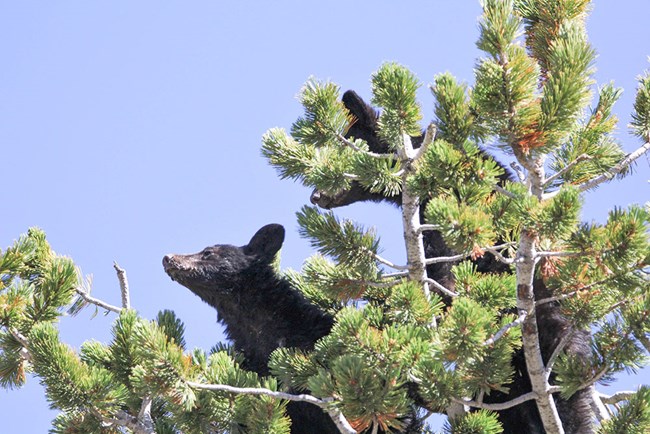
NPS/Eric Johnston
Vulnerability assessments help us determine whether species and ecosystems will be harmed by climate change and why. Species and ecosystems respond differently to climate change, depending on the magnitude of the change, how sensitive the species or ecosystem is to that change, and to what degree they are exposed to stressful conditions. Vulnerability assessments are based on long-term monitoring trends and explore the different factors that impact species and ecosystems in order to help managers understand their responses in future climate conditions. There are three main components:
- Exposure is a measure of how much change in climate and associated impacts a species or ecosystem is likely to experience.
- Sensitivity refers to the degree to which a species or ecosystem is or is likely to be affected by or responsive to climate change.
- Adaptive capacity refers to the ability of a species or ecosystem to accommodate or cope with climate change impacts with minimal disruption. It is often likened to the concept of resilience. Read more about adaptive capacity.
Examples of vulnerability
-
 Giant Sequoias and Climate
Giant Sequoias and ClimateSequoias are vulnerable to drought, which is also associated with native bark beetle activity and fire-related damage.
-
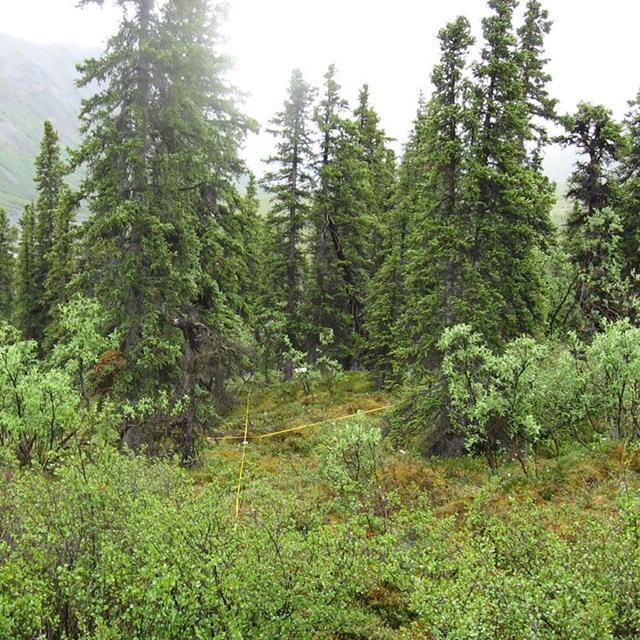 Boreal Forest Climate Sensitivity
Boreal Forest Climate SensitivityWarmer summers and high competition with nearby trees can reduce growth in the boreal forest.
-
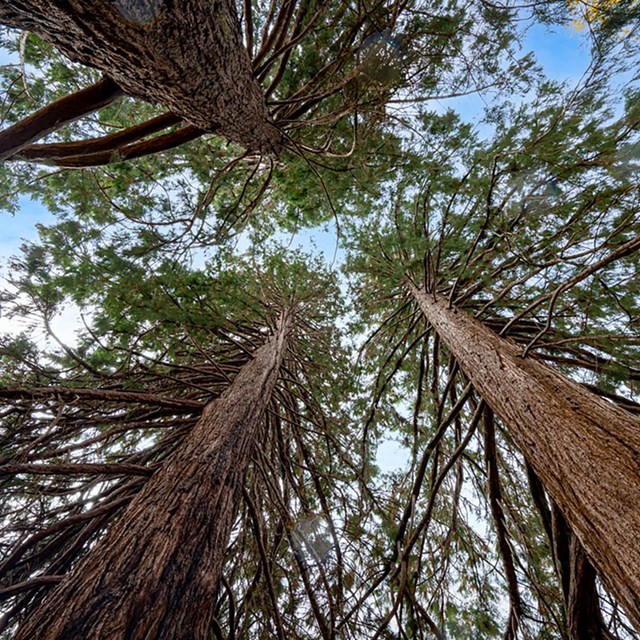 White Pines in Decline
White Pines in DeclineWhite pines are threatened by multiple stressors, including climate change, that have led to sharp declines for several of these species.
-
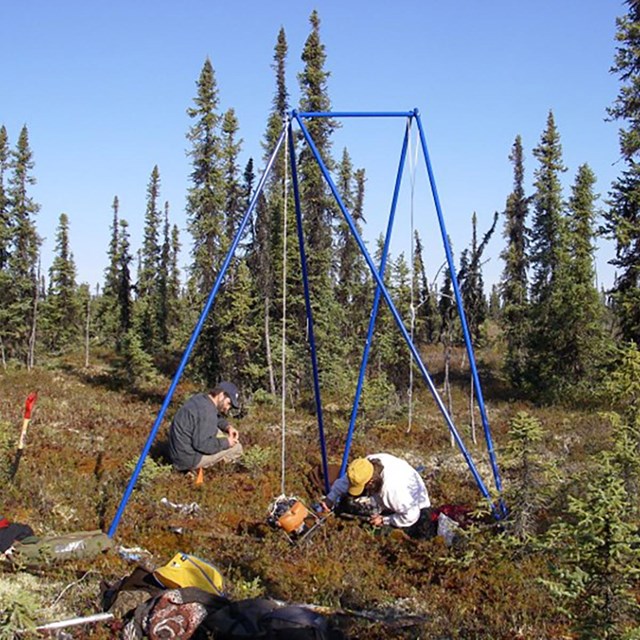 Peatland Vulnerability to Climate Change
Peatland Vulnerability to Climate ChangeClimate change and human land use may cause peatlands to change from a carbon sink to a carbon source to the atmosphere.
-
 Coastal Vulnerability Assessments
Coastal Vulnerability AssessmentsClimate change impacts on sea level, storm surge, and shoreline erosion present unique hazards for coastal communities and parks.
-
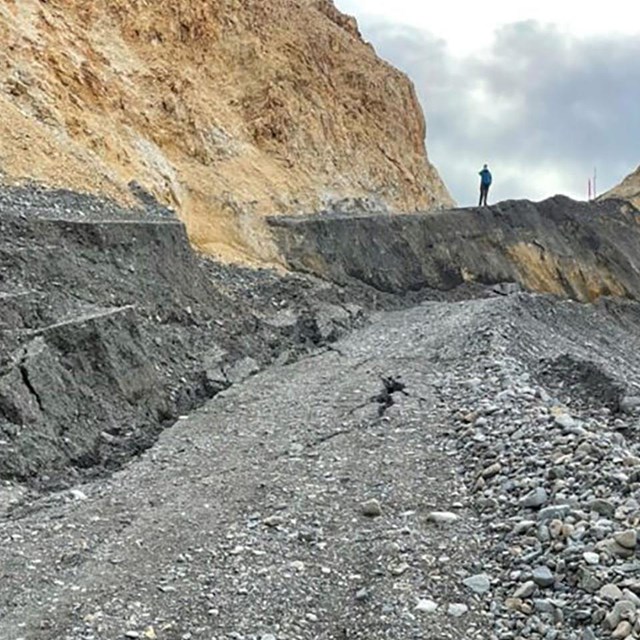 Landslide Risks in a Warming Climate
Landslide Risks in a Warming ClimateInfrastructure is vulnerable to the harsh conditions and extreme events associated with climate change.
Browse more examples
Last updated: May 8, 2023
